A starter motor acts like a light bulb switch; flick them on, and the entire system will be sprung to life! You don’t even need us to tell you how things will fall apart if your vehicle suffers from bad or broken starters.
Yet, there seems to be another possible solution to get the car to operate without starters: jump-starting. Can you jump a car with a bad starter or bad alternator? And if yes, how to do it? Keep scrolling through our guides for more.
A. What Are The Symptoms and Causes of Bad Starter Motors?
1. Symptoms
a. Unusual Noises That Sound Off
A tell-tale signal of bad starters is loud, clicking noises whenever you press the ignition switch or turn over your key. Still, there are other cases where drivers hear grinding/whirring noises instead – or worse, no sounds at all! Listen carefully to detect its impending failure before too late.
b. Flickering Lights With No Power
Have you tried to kickstart your engine all morning – only to be faced with blinking dashboard lights and a still-dead vehicle? Troubles are clearly plaguing your starter.
c. Non-Cranking Engine
An engine that refuses to rev up implies quite serious technical issues. If even your jump-starting attempts (which we will return to later) fail to revive its operation, it is time to bring the vehicle to a nearby auto care shop. This matter should only be entrusted to a certified, experienced technician!
d. Smoke Flaring Up From The Car
Starters are a crucial part of the electrical system; hence, like any other electrical component, they are also vulnerable to short circuits and blown fuses. As you rev up the engine, the starters might overheat while trying to spark electrical currents – which is where the smoke comes from.
Whenever you smell or see the smoke, it would be best to step down from the car to think of another solution – rather than slamming on the ignition key over and over again!
e. Oil-Soaked Starter
To confirm whether your car oil has anything to do with this, identify where the starter is located (often located at the engine’s passenger side – below the manifold or near the transmission).
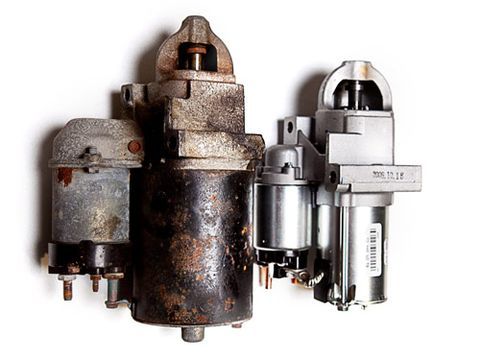
You can also check below the intake if both suggestions above do not apply to your car. Once you find the starter, pop its hood for a quick look inside.
Is the device drenched in oil? If yes, you have successfully narrowed down a deathly symptom – oil leaks. The issue often started quite small – only several drops at a time. However, your failure to tend to them on time makes the dilemma more and more serious.
In the future, always keep your eye on possible oil leakage to kill it off right from the start. Better be safe than sorry!
2. Causes
Numerous factors are the potential culprit, such as:
- Battery corrosion
- Loose wiring from/to the starter
- Corroded or dirty connections at your starter
- Leakage holes in the oil tank
- Worn-out or damaged starter compartments
- Bad fuse or relay
B. How Long Can One Keep Driving With Bad Starters?
It’s hard to decide on a good estimation for this question. Dying starters might either last for months or die immediately after the first signals are detected – depending on your car’s model and current conditions.
That’s why we strongly suggest taking care of your car RIGHT after the signals of bad starters show up. Only then can you ensure no further damage to the starter (and, as a follow-up, the entire engine system.)
C. Can You Jump A Car With A Bad Starter?
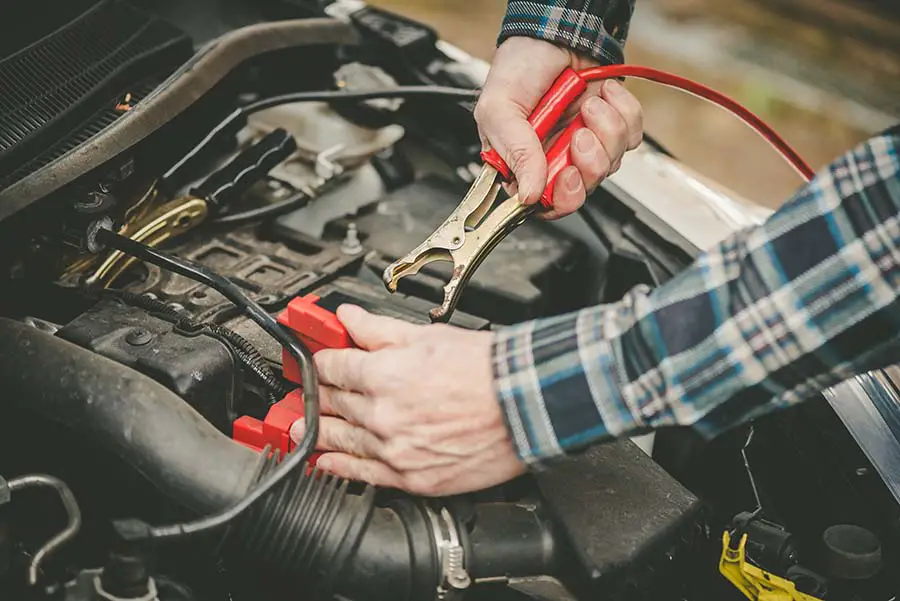
Yes, you can jump your car to a start despite its broken starters. But the chance of success is quite low because jump-starting aims at the weak battery, not the startor, so doing this will probably not make much of a difference.
But no worries; many other techniques (like push-starting) can still ensure 90% to 100% success! (like push-starting).
How to Start A Car With A Bad Starter?
1. Basic Jump-Starting
Sometimes, a vehicle might struggle to operate due to weak or discharged batteries. Providing the starter with sufficient amps allows your car to function properly, which cranks up the engines in return.
For this process, feel free to choose among numerous available tools, like jumper cables, portable jump starters, or even batteries from another car.
Once settling your decision, trace along with this guide:
Step 1. Open the hood of your car to find where the batteries are installed. Cannot find them? Check the owner manual for more info.
If the batteries are leaking or look bloated, do not keep working on them. Instead, contact a mechanic to have your batteries replaced first.
Step 2. After confirming the batteries look fine, pick your car’s positive wire (usually in red) and use it to connect your dying batteries with a jump starter or spare battery. Remember to foster their connection via the positive terminals only.
Step 3. Now pick a black jumper cable. Connect the battery’s negative terminal to any car metal you can find. After that, turn the ignition on and give the batteries some minutes to charge.
How much time is needed for charging dead batteries depends on many factors, such as engine type, discharge depth, and battery health; nevertheless, the waiting time does not usually exceed 20 minutes.
Step 4. When the car has been jump-started successfully, go back to detach all the cables. (-ve clamps first, then +ve ones). Ensure the cables do not contact each other.
Extra Note: Starters going bad often lead to dead spots across rotating contacts. While constant jump-starting and extra cable juice can splurt out some remaining battery power left, the main issue still doesn’t go away yet.
Even when you can revive the starter this time, luck will not smile on you the next time for sure! Have your starter changed and fixed immediately.
2. Push-Starting (Manual Cars Only)
Push-starting (another name: bump-starting) has been around for decades, an old yet great method to kick some life into your bad-starter car. Follow our instructions carefully:
Step 1. Confirm the ignition is still on, then push your car’s manual transmission to second or first gear.
The former (second gear) is still a better choice, though, as the push-starting can occur more smoothly that way. Not to mention, the risks of car damage are also lowered! First starter gear is only recommended when you have a considerably short push-start distance.
Step 2. Ask someone strong to pull the vehicle from behind, increasing its average speed to 5 to 10 MPH.
Step 3. Once this benchmark is achieved, pull away from the clutch. Your car should have started at this point! Repeat the steps if your first try fails.
Extra Note:
- The method applies to manual transmission cars only, not automatic transmission.
- It’s also not recommended for novices or inexperienced drivers. Why? As the engine might lurch forward without warning, you must have enough skill and flexibility to hold it down. Otherwise, injuries and scratches are inevitable!
3. Fixing The Connections
Electric currents are the main force behind a car’s ignition, so you should not skip over the connections.
Step 1. Double-check for loose battery connections and pathways – and if there is one, use a ratchet to fasten the battery terminals.
Step 2. What if the connections look fine? Turn to inspect the positive cables connecting the battery. These cables are split into two chords – one flowing to your starter relay and one straight to the alternators.
Pick up these cable lines to detect where your connections go slack. Find nothing?
Step 3. Pass the cables to your battery terminals or return to the jump-starting method above. Switch on the ignition.
4. Fixing Your Engine Ground Connections
A base cable running through the starter actually does not come from your battery. Rather, it relies on the transmission system to operate across the starter fuse; from here, the ground proceeds to derive base cables and wires from those still connected to the transmission and car body.
Any spoilage or harm to these ground tables will lead to a sluggish start. To fix it, connect the cable’s negative terminal through the starter’s structure.
5. Fixing The Starter Solenoid Cables
Solenoids are the sole base for the tight connection between your starter and the transmission’s ring gear. Cranking or clinking sounds mean they are faulty!
Step 1. Check whether the solenoids suffer from rusting or grime.
Step 2. Run bypass cables over the starter’s solenoid cord.
Step 3. Pick a 12-volt battery cable, then connect it directly from your battery to the intersection between the solenoid and the starter. (a clicking sound implies accurate attachments). The engine block will kickstart in a blink!
6. Thumping The Car’s Starter With Your Hammer
Hammer-thumping is a traditional fix for starter issues. However, remember that this method is not meant to be applied alone; you should do it while using other methods, such as engine cranking or jump-starting.
Be more cautious with more modern cars; new vehicle models often arrive with transversal engines (instead of traditional longitudinal engines), meaning this thumping trick might not work. After all, the starter is now much more difficult to access!
D. Is Jump-Starting Bad for Your Car?
Yes – if done improperly. Plus, regardless of your chosen method, the cables must always be connected properly, and your batteries must be in great condition. Persisting despite loose cables and weak batteries will destroy the engine system entirely!
If you feel unsure about your skills, it would be best to count on professional mechanics.
E. What To Do If Your Car Still Will Not Start?
- Check Battery Voltage Reading. As we just said, the battery must be charged before you go ahead with your jump-starting. Turn on your voltage meter: if the reading is below 12.4V, charge the batteries first.
- Buy New Starters. At this point, there’s no point in trying to bypass the starter. Purchase a new one or replace it at an auto repair shop.
F. What Are Some Simple Tips to Prolong The Starter’s Lifespan?
- Cleaning The Connectors. Grime and dirt on the connectors will dampen the electric current strength and prevent the starter from operating.
- Tightening Mounting Bolts. Loose mounting bolts result in lackluster engagement between the engine flywheel and the starter. Prevent it by checking the bolts periodically and tightening them if necessary.

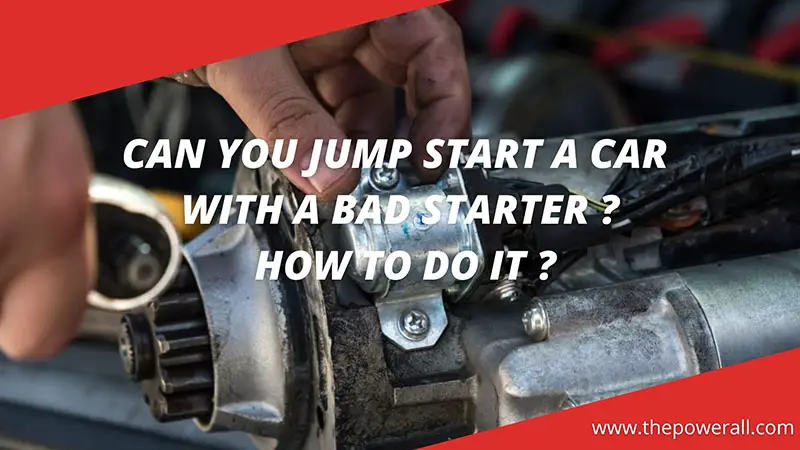

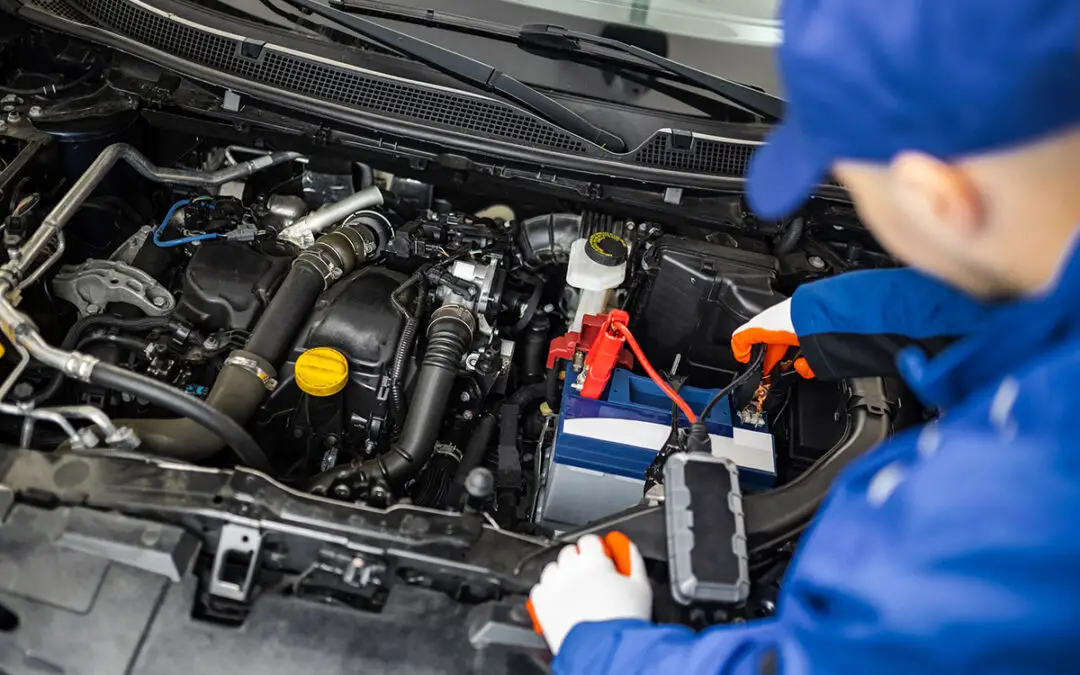
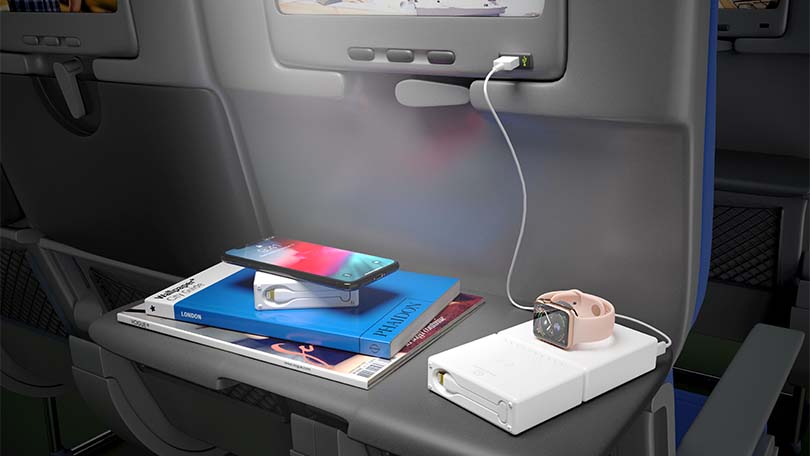
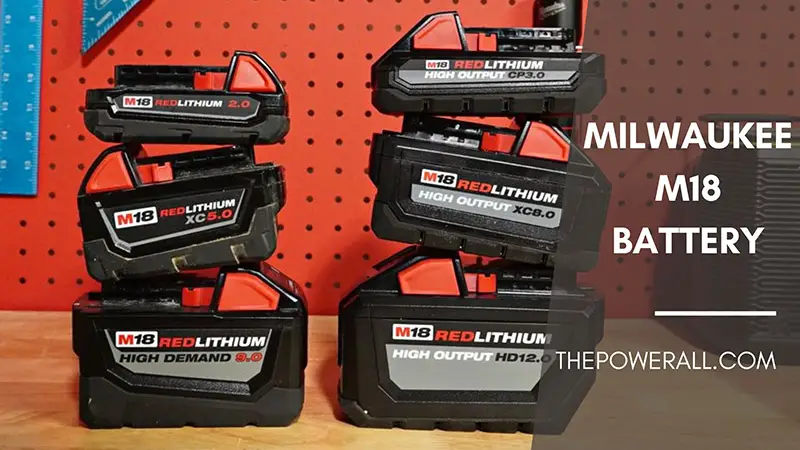


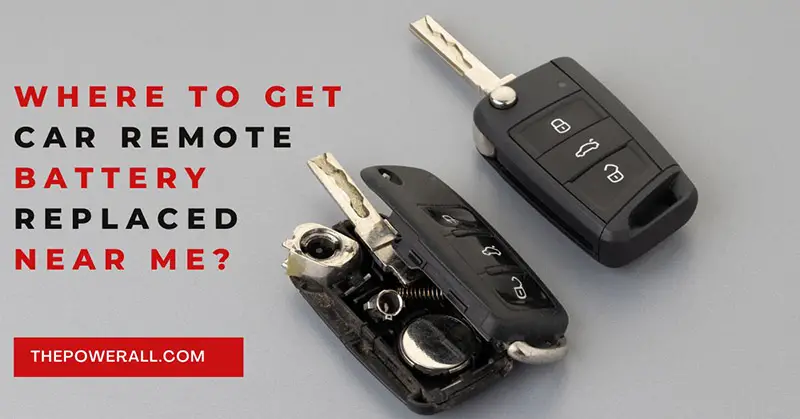
0 Comments